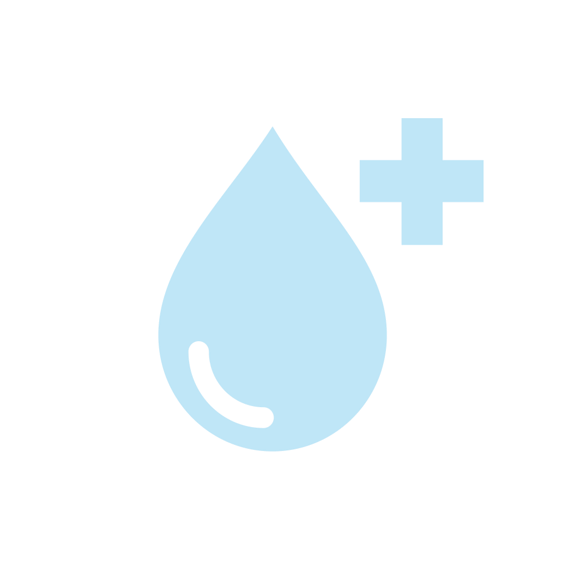
HEAD INJURIES
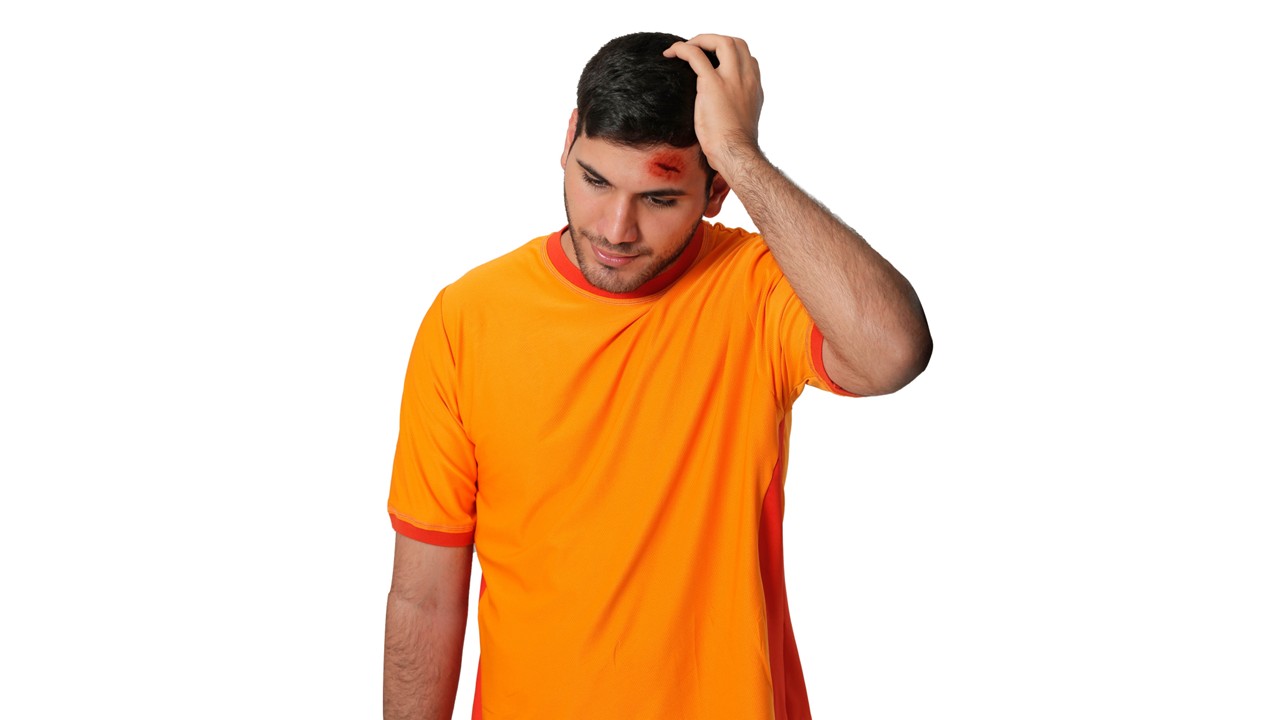
Goal of first aid:
Reduce the risk of infection and minimize the danger posed by possible unconsciousness.
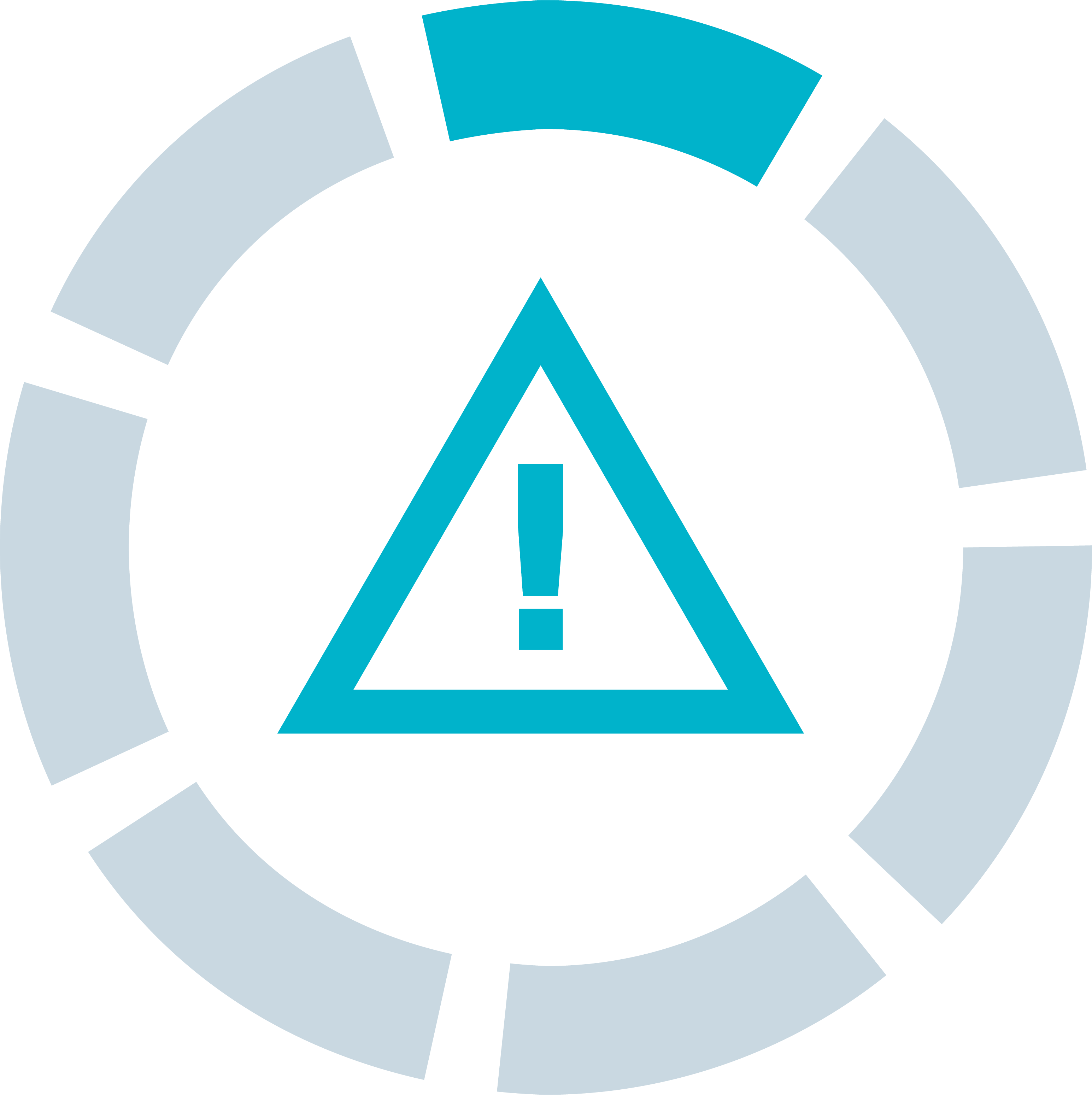
SAFETY FIRST

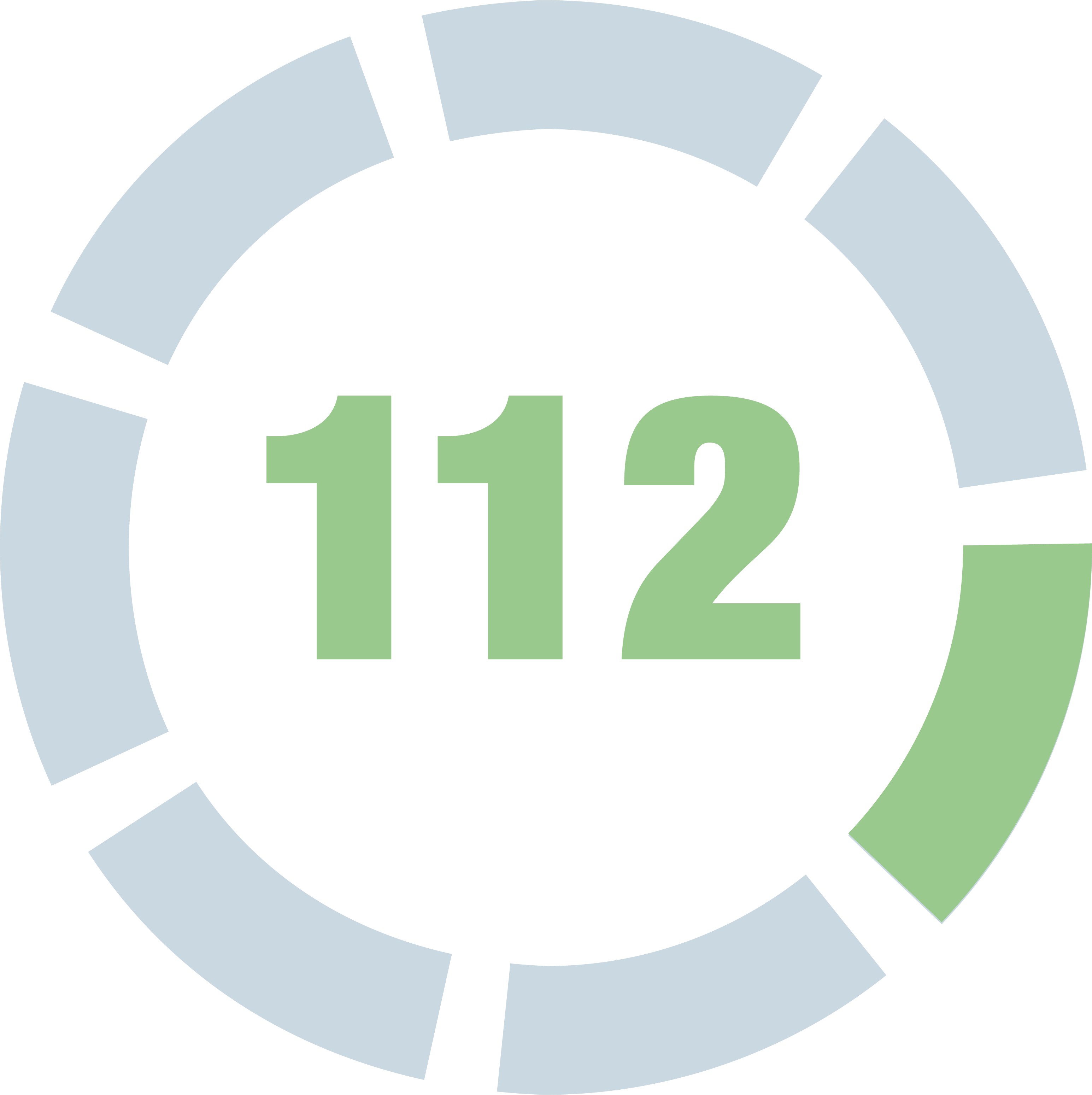
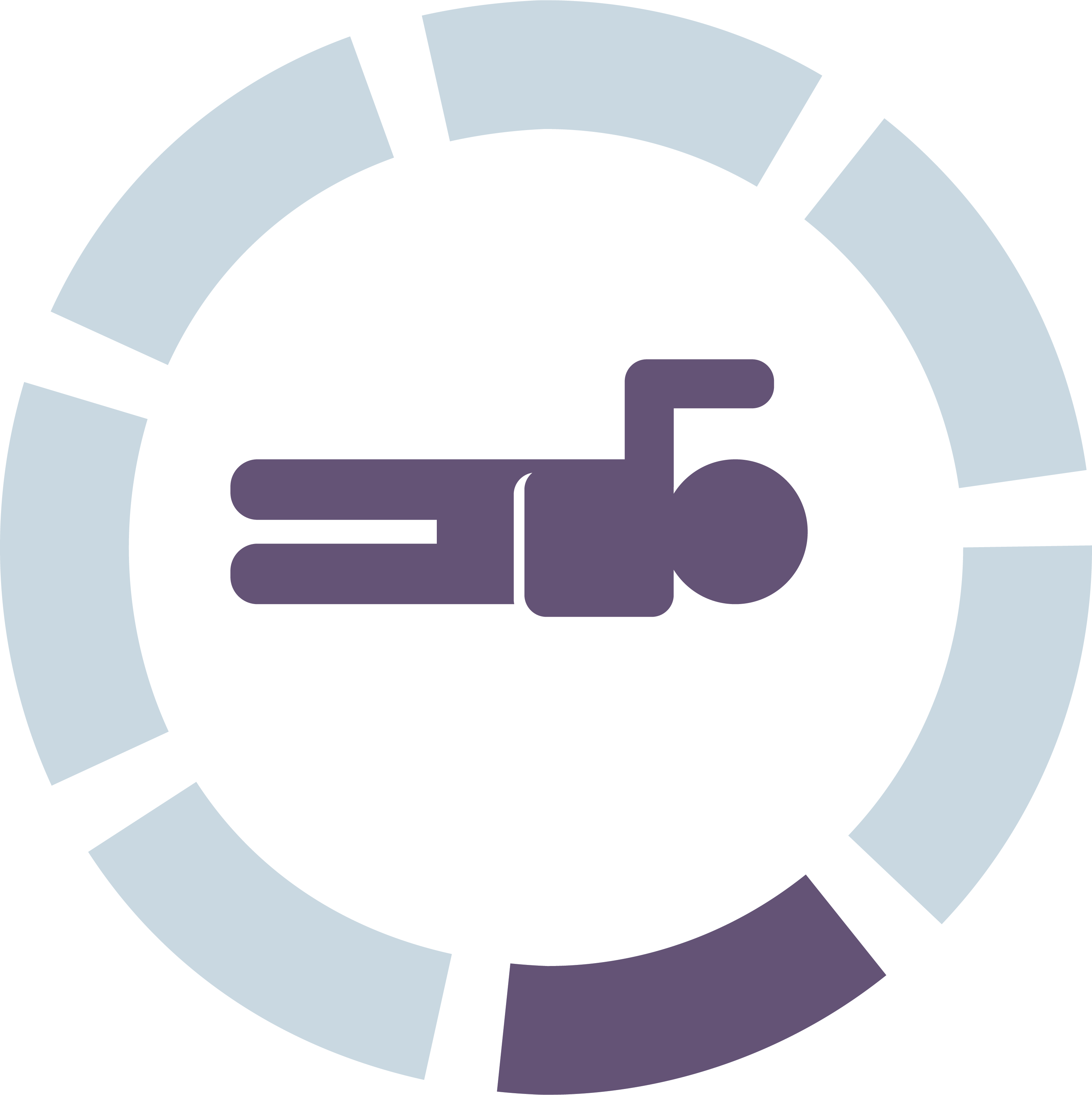

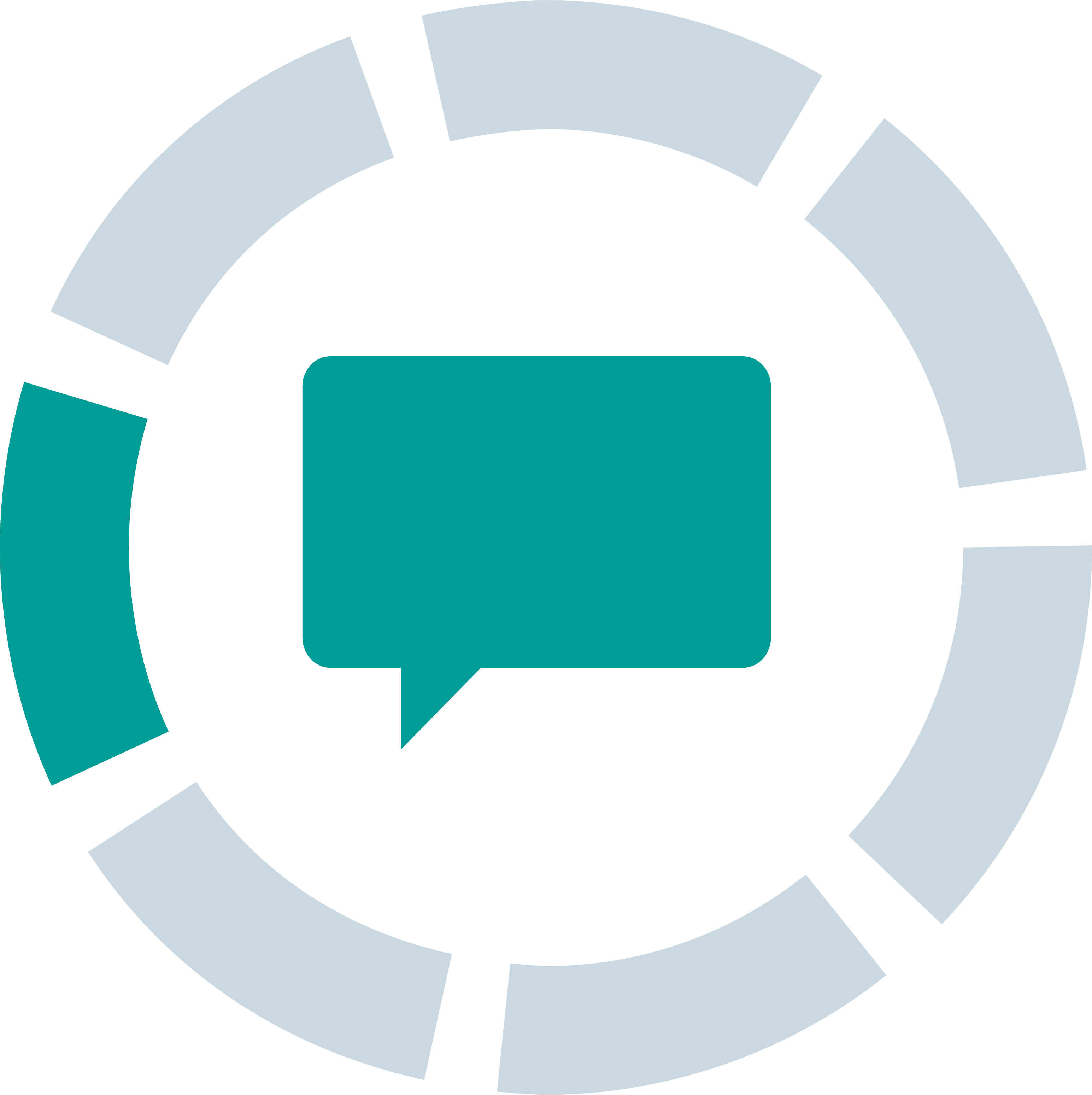
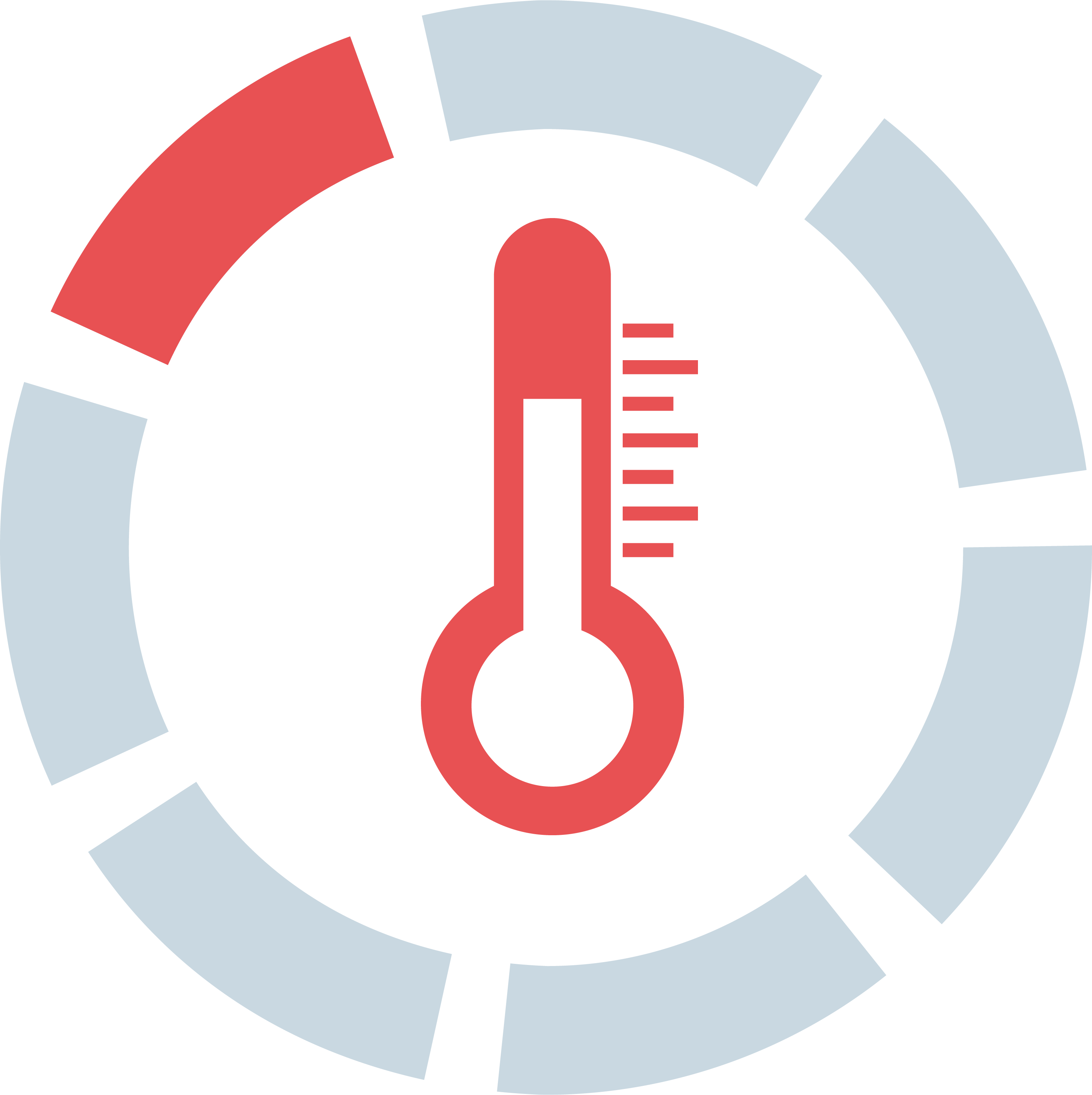
Secure the accident scene: Is there any danger to you or others?
Gloves: Protect yourself and others: put on disposable gloves.


CONDITION CHECKING





See: Check for wounds, bleeding, or signs of impaired consciousness.
Hear: The affected person reports pain, anxiety, dizziness, nausea, or memory loss.
Feel: Clammy skin.



CALLING FOR HELP




Emergency call 112: Make an emergency call.
The 5 W questions:
Where did the accident happen?
What happened?
How many people are affected?
What injuries?
Wait for further questions!
Use speakerphone: Turn on your phone’s speaker to keep your hands free.
Do not hang up: End the call only when the control center tells you to.
Involve bystanders: Have them bring a first aid kit.
Report condition changes: Inform the control center if the person's condition changes.




POSITIONING



For relief: Move the head and cervical spine as little as possible.
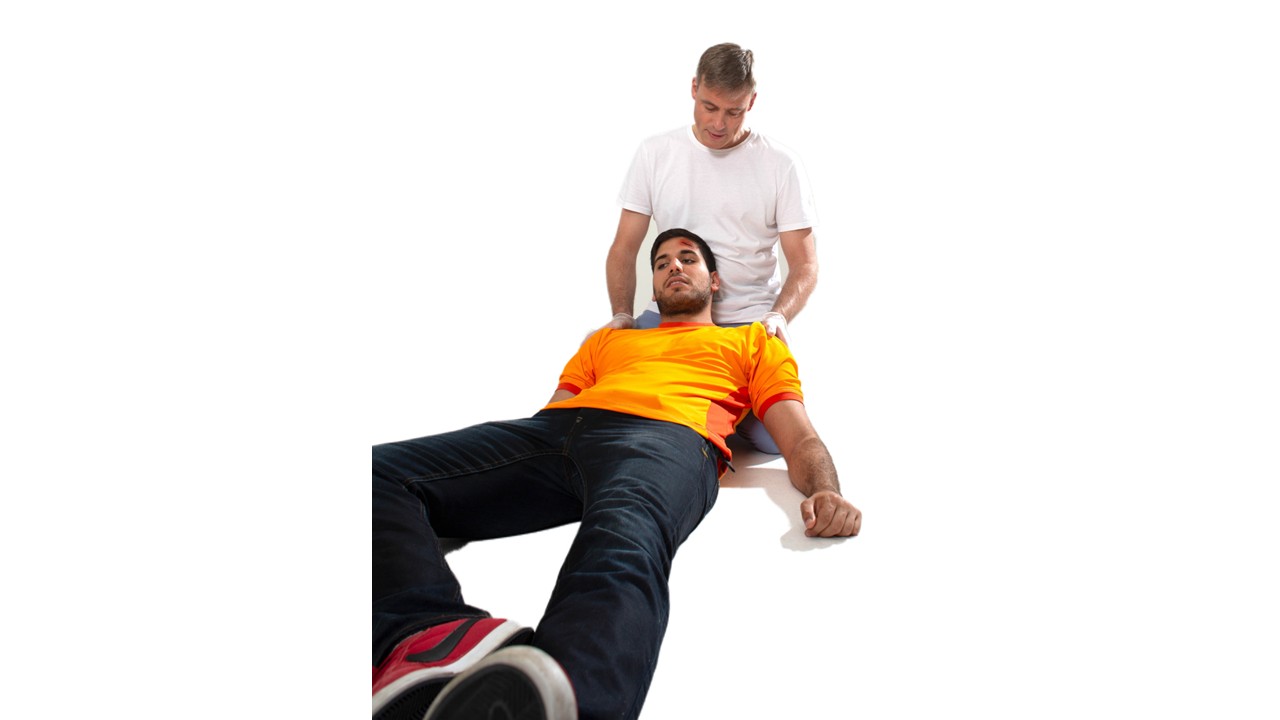
If conscious: Head slightly elevated.





WOUND DRESSING


Bleedings : Cover open wounds with a sterile dressing. Do not apply a pressure bandage.
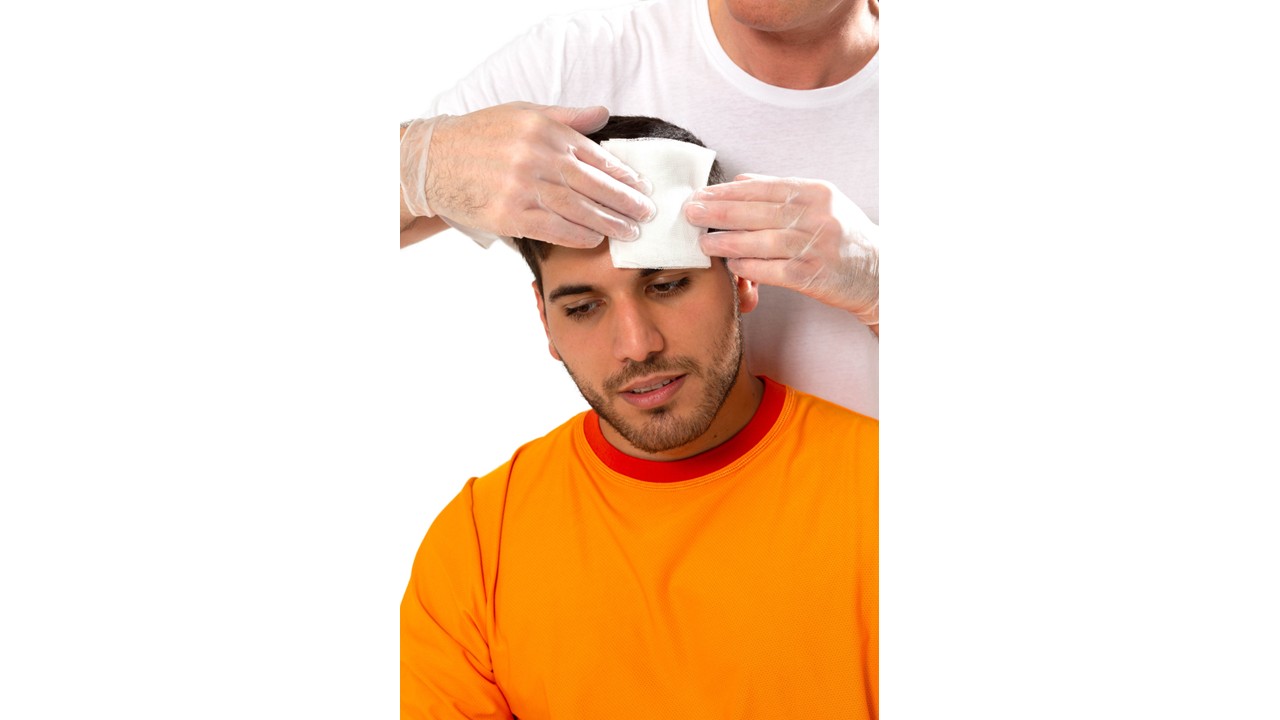
Step 1: Place the wound dressing loosely on the wound and avoid applying too much pressure.
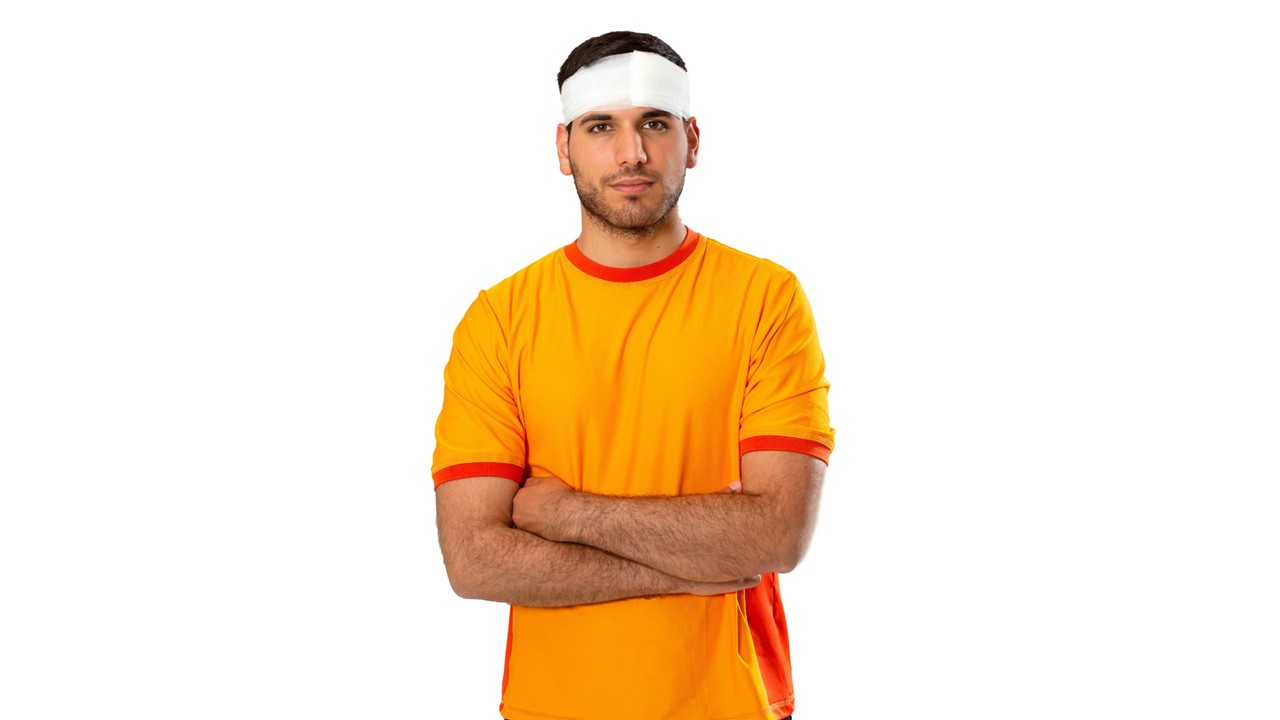
Step 2: Fix the dressing in place using a bandage or a folded triangular bandage.






COMFORTING

Don't leave: Stay with the person. Your presence and kind, encouraging words can help.
Listen: Listen actively, respond to their fears and worries, and show that you're there for them.







TEMPERATURE MANAGEMENT
Prevent heat loss: Place a jacket or emergency blanket around the person.

